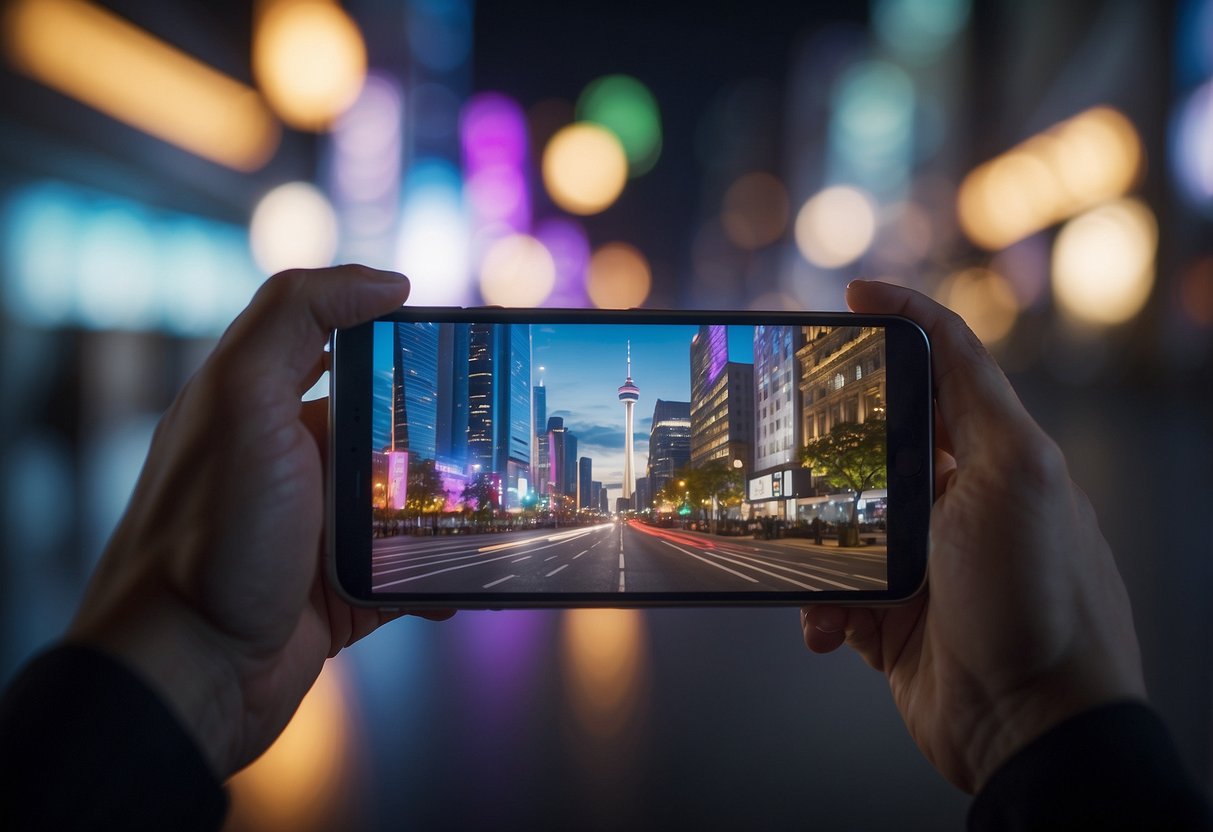
Security and Privacy Concerns in AR
Augmented Reality (AR) brings innovative benefits but also introduces significant security and privacy concerns. These issues include protecting user data, mitigating vulnerabilities, and ethical considerations surrounding surveillance and data usage.
Protecting User Data
User data in AR applications is rich and multifaceted, encompassing location information, personal preferences, and even biometric data. Protecting this data from unauthorized access and misuse is crucial. Developers must design robust encryption protocols and secure storage solutions. Effective user consent mechanisms should be in place to ensure users are aware of what data is being collected and how it will be used.
The use of AR in sectors like healthcare and finance further amplifies these security needs. Data breaches in these contexts could have severe consequences, making it essential to implement stringent security measures. Regular security audits and updates can help in maintaining data integrity and confidentiality.
Mitigating Vulnerabilities in AR
AR systems are susceptible to various vulnerabilities, including hacking, spoofing, and data tampering. Ensuring the resilience of AR applications involves adopting multi-layered security strategies. Secure coding practices and rigorous testing of AR software can identify and rectify potential weaknesses before they are exploited.
Incorporating real-time monitoring can detect suspicious activities promptly. Moreover, educating users about safe AR usage practices can reduce risks associated with human error. Collaboration between developers, cybersecurity experts, and regulatory bodies is necessary to establish and enforce security standards in AR technology.
Ethical Considerations of Surveillance and Data
The capabilities of AR to capture and analyze vast amounts of data raise significant ethical concerns. Surveillance through AR could lead to intrusive monitoring, impacting user privacy and leading to potential abuses of power. Establishing clear guidelines on data collection, usage, and sharing is vital to address these ethical issues.
Incorporating transparency in data handling practices helps build trust between users and AR service providers. Ethical considerations must also account for inclusivity and non-discrimination, ensuring that AR technologies do not reinforce biases or lead to invasive profiling. Ethical reviews and compliance checks can ensure that AR applications align with societal values and legal standards.
The Promise of AR for Everyday Social Interactions
Augmented Reality (AR) has the potential to revolutionize how people interact socially by enhancing communication methods, enabling new forms of social networking, and influencing social norms.
Enhancing Communication Methods
AR can transform communication by overlaying digital information onto the physical world through smartphones or AR glasses. Imagine a scenario where text messages appear as floating text bubbles in your field of view, or video calls allow participants to be virtually present in the same room. These enhancements create more immersive interactions and make remote communication feel more personal. AR can also provide real-time language translation, allowing seamless conversations between people who speak different languages.
AR for Social Networking and Personal Use
AR applications can create more engaging and dynamic social networking experiences. Users can interact with personalized content, such as virtual avatars or AR filters, which can be overlaid on live video feeds. This technology allows people to share enhanced daily experiences, like attending virtual events together or playing interactive AR games in real-time. AR can also enable more effective personal use, such as navigating social gatherings by providing information about people around you, making introductions easier and more fluid.
Influencing Social Norms
AR has the potential to shape and redefine social norms by introducing new ways of interaction. For example, AR could change how people perceive physical space and personal boundaries through virtual interactions. These shifts might lead to new etiquettes in social settings, such as using AR devices in public without causing discomfort to others. The technology could also influence how people present themselves, with virtual fashion and accessories becoming part of one’s daily social identity.